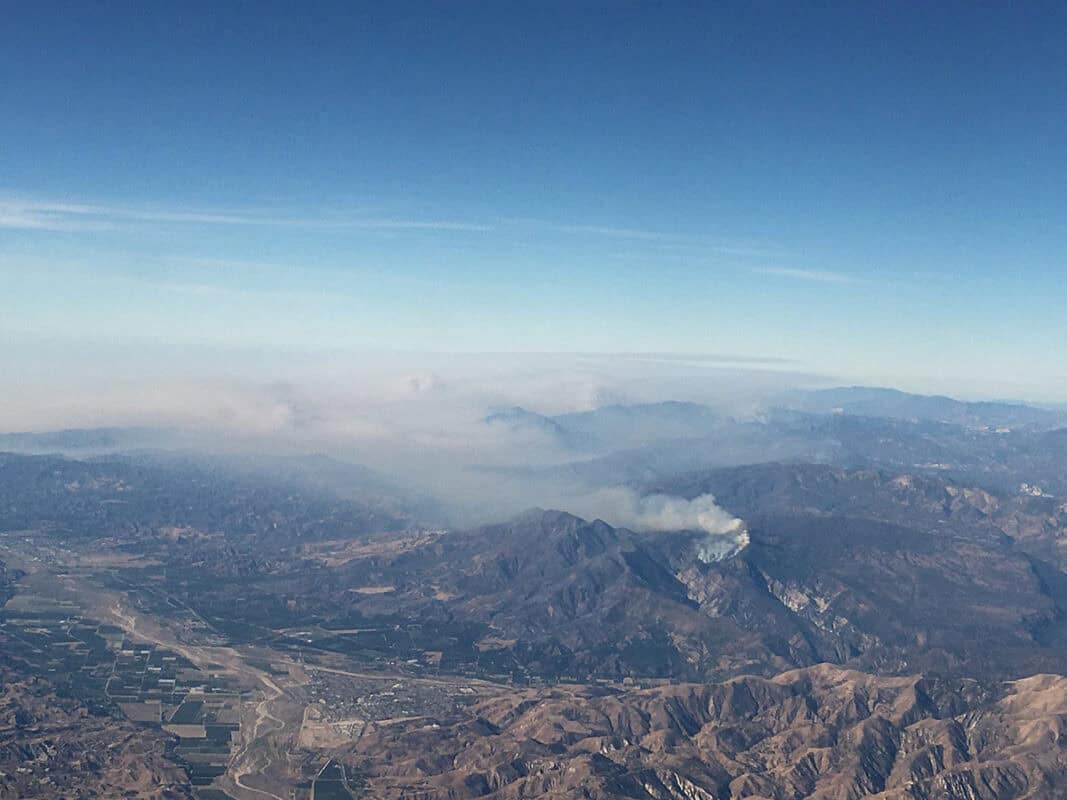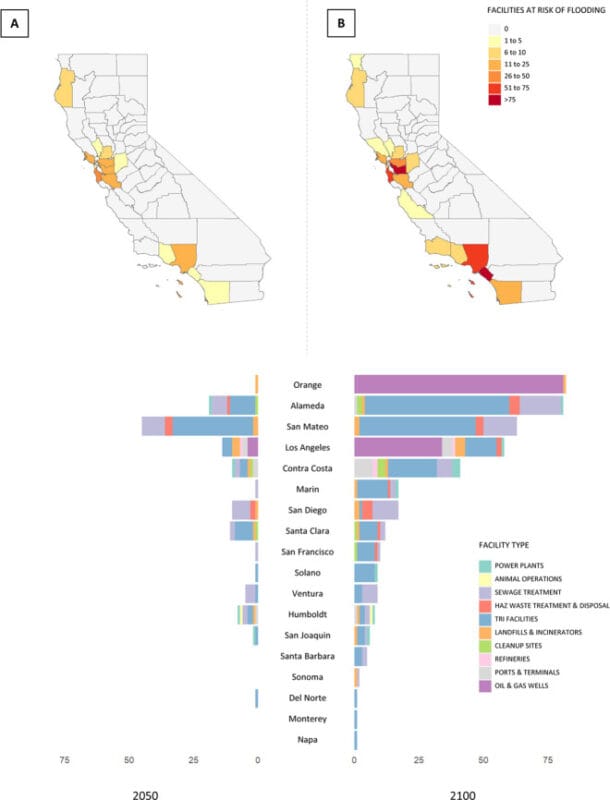Assessing climate change exposures
Extreme heat
UCLA Heat Map
Every summer, heat waves send thousands of Californians to the hospital for heat-related health problems We applied state-wide hospitalization data to spatial climate exposures and quantified excess emergency room visit rates during extreme heat days at the zip code level. local planners and organizations are using this map to prioritize their programs.
Explore the tool to find out how many excess ER visits occur in your area during a heat wave.
Smoke and heat vulnerability

Wildfires
Air pollutants
Our spatial exposure models of vehicle and industrial pollutants such as NO2 and ozone have enabled a depth of health research on metabolic disease in the population from ambient, everyday exposures. These have identified mechanisms that increase risk for hypertension, diabetes, and dementia in large scale studies in Canada and the US. Our work on vulnerable populations has identified increased risk of diabetes and hypertension among African American women from ambient ozone and NO2 exposures, and findings that air pollution interacts with noise exposure to increase risk for diabetes, dementia and cognitive impairment in a cohort of older Mexican Americans.

Extreme precipitation

This Photo by Unknown Author is licensed under CC BY-SA
Sea level rise hazards
Sea level rise is increasing coastal flooding, which can lead to contaminant releases from hazardous sites. We identified hazardous sites at risk of future flooding due to sea level rise in California, and communities that are threatened. Visit the site to learn more about facilities at risk of flooding in your neighborhood.
